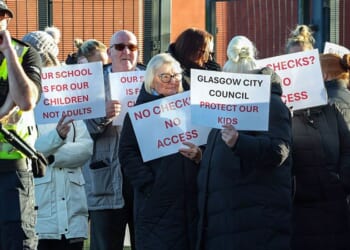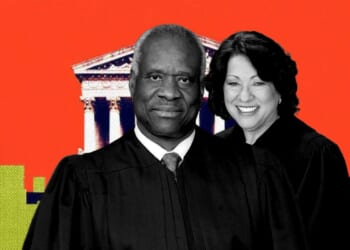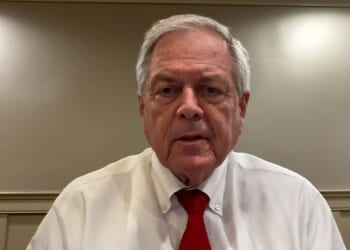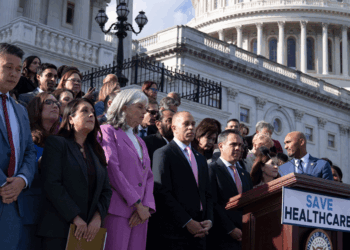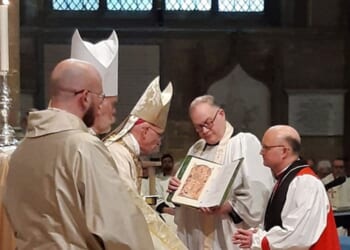In the underlying lawsuit, Capitol Police officers are suing over injuries sustained in the January 6 riot; the defendants include President Trump and many others, including Kelly Meggs (an Oath Keepers member). Yesterday’s Order to Show Cause by Judge Amit Mehta (D.D.C.) orders Meggs’ counsel to “show cause … why the court should not impose sanctions and make a referral to relevant bar authorities for “knowingly mak[ing] a false statement of … law to a tribunal or fail[ing] to correct a false statement of … law previously made to the tribunal by the lawyer”:
On July 11, 2025, Plaintiffs filed a motion to compel various Defendants, including Defendant Meggs, to respond to discovery requests and respond to initial disclosures. Ms. Stewart [Meggs’ lawyer] filed an opposition brief on behalf of Mr. Meggs (“Opposition”). The Opposition is rife with fabricated citations to this District Court’s Local Civil Rules, such as: “Civil Procedure Rule 104 (7)-(8),” “local Rule 104,” “D.D.C. local Rule 104(7),” “D.D.C. Rule 8(a),” “Court’s Rule 8(a),” and “L.R. 104.8.” Id. at 1, 5–7. These rules do not exist. The Opposition also includes fabricated block quotations purporting to recite the text of “D.D.C. local Rule 104(7)” and “D.D.C. Rule 8(a).”
On August 5, 2025, Plaintiffs filed a reply brief that noted the false citations in the Opposition. Ms. Stewart thereafter failed to take appropriate steps to withdraw or correct all of the clear errors. In a notice filed on August 6, 2025, counsel acknowledged her mistake in citing to “local Rule 104(7)” instead of, as intended, to Maryland District Court Local Rule 104(7), but she made no mention of any other false citation. Then, when she sought leave to file a surreply, she again referenced her error in misciting a “MD District local rule” but corrected no other error.
Ms. Stewart’s response to this Order to Show Cause shall explain (1) how the fabricated Local Civil Rule citations and quotations came to be included in the Opposition and (2) why upon reviewing Plaintiffs’ reply brief she did not take immediate steps to withdraw or fully correct the Opposition.
The response is due next Tuesday.

